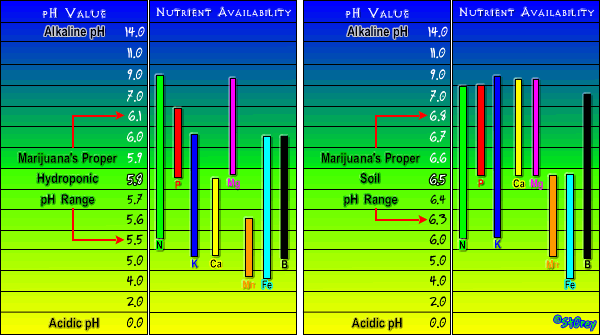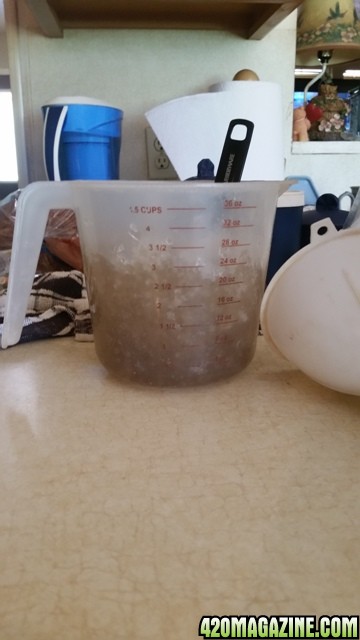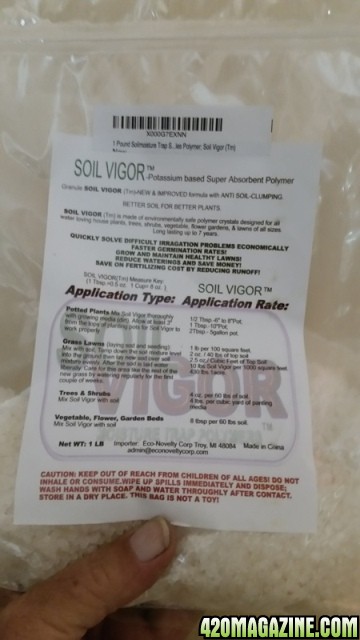Hi Emilya
Thanks for writing this....its great to a newbie to soil like me.
I'm used to hydro but on this occasion I've dared to try and grow out some AK47 I have in soil.
I realised I'd misunderstood the feed amounts on a floranova veg bottle...and over fed them by quite a bit. They're just in their 2nd week of flower. To correct this mistake I waited until the pots felt light and the moisture meter said close to dry and watered the pots with a very weak (1.0 ec) bloom nutrient mix. The water I collected in my trays under my pots after I did this were 1.6 ec and ph 5.8. I guess 1.6 is still too strong for them. The plants look on the pale side and some leaves have gone a bit yellow. I plan to add veg feed again, on th weak side to bring that ec down more. Maybe you can tell me if I'm following the right path...The other thing more related to your post though was my confusion on how much to water when I do water...
Should I water so much that I always get run off? My run off last time was substantial, it filled my trays/saucers which I'd say is about 500ml. Btw my pots are 20l. I just felt like I was adding a lot of water to get this run off and I don't like to think I'm over watering my plants which may lead to mould or root rot. The plants apart from looking a bit pale have leaves pointing upwards which is at least a good sign.
Thanks for writing this....its great to a newbie to soil like me.
I'm used to hydro but on this occasion I've dared to try and grow out some AK47 I have in soil.
I realised I'd misunderstood the feed amounts on a floranova veg bottle...and over fed them by quite a bit. They're just in their 2nd week of flower. To correct this mistake I waited until the pots felt light and the moisture meter said close to dry and watered the pots with a very weak (1.0 ec) bloom nutrient mix. The water I collected in my trays under my pots after I did this were 1.6 ec and ph 5.8. I guess 1.6 is still too strong for them. The plants look on the pale side and some leaves have gone a bit yellow. I plan to add veg feed again, on th weak side to bring that ec down more. Maybe you can tell me if I'm following the right path...The other thing more related to your post though was my confusion on how much to water when I do water...
Should I water so much that I always get run off? My run off last time was substantial, it filled my trays/saucers which I'd say is about 500ml. Btw my pots are 20l. I just felt like I was adding a lot of water to get this run off and I don't like to think I'm over watering my plants which may lead to mould or root rot. The plants apart from looking a bit pale have leaves pointing upwards which is at least a good sign.







